Animalia

Black Carpenter Ant
Camponotus pennsylvanicus


4 POINTS
• C. pennsylvanicus have a MOVE of 2.
• C. pennsylvanicus can feed on creatures of SCALE5 or less.
• C. pennsylvanicus can also thrive in URBAN habitats.
• This image depicts a worker.

Cock-eyed Squid
Histioteuthis sp.


9 POINTS
Play: Histioteuthis has a MOVE of 2.
Fact: Histioteuthis lives at depths of around 1500 ft (500-1000 meters).

Great Blue Heron
Ardea herodias

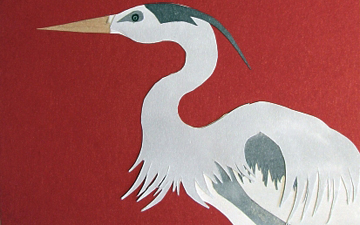
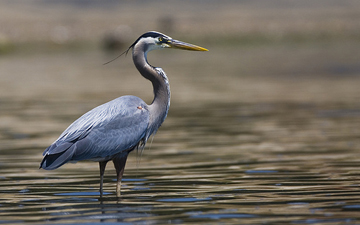
8 POINTS
• Ardea herodias has a FLIGHT of 2.
“Ardea herodias is the largest North American heron.”
Horse
Equus ferus caballus



7 POINTS
• Equus ferus caballus has a MOVE of 2.
Although most horses today are domesticated, there are still endangered populations of the Przewalski’s Horse, the only remaining true wild horse.
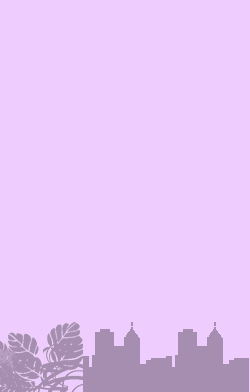
European Starling
Sturnus vulgaris

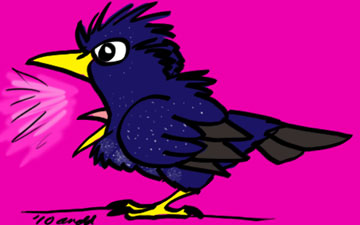
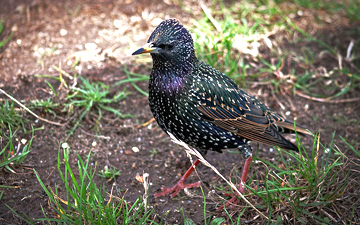
1 POINTS
• Sturnus Vulgaris has a FLIGHT of 2.
• S. Vulgaris is considered to be an INVASIVE species of Aves cards of identical scale and food chain rank.
• These birds are known to gather in huge flocks (sometimes as large as 1 million birds!).

Southern Dumpling Squid
Euprymna tasmanica

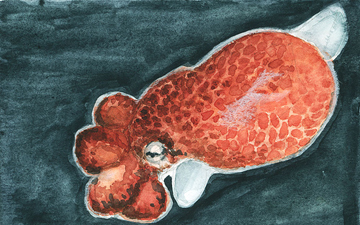
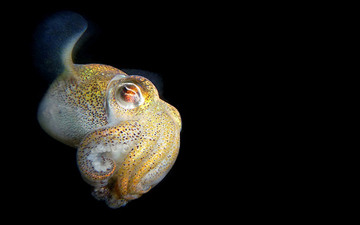
10 POINTS
• Euprymna tasmanica has a MOVE of 2.
• Euprymna tasmanica and Vibrio fischeri (a bioluminescent bacteria) are MUTUALISTIC.